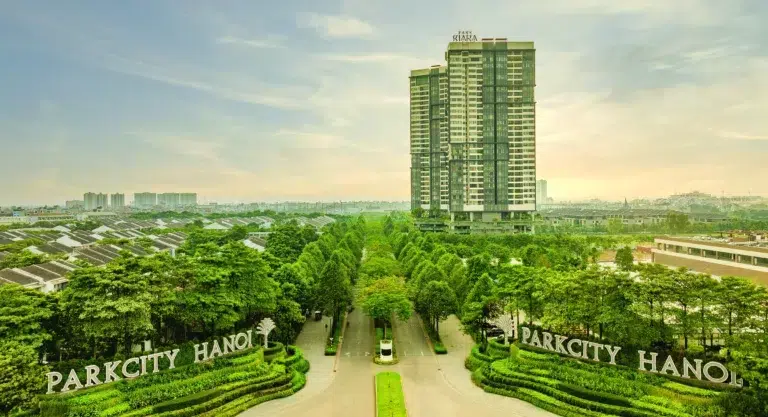Sustainable wood transforms cities for a greener future
The resource provides a key solution for lowering carbon emissions and promoting environmental advantages

With 75 percent of the world’s population expected to live in urban areas by 2050, it is crucial for cities to become more sustainable by using sustainably-sourced wood building products. Communication group Revolve noted how the construction sector currently contributes significantly to energy consumption, greenhouse gas emissions, material extraction, and water consumption.
Wood has a key role in making cities sustainable, as it is a renewable material and has a lower carbon footprint compared to other construction materials. Wood buildings offer environmental advantages, such as energy efficiency, insulation, and reduced carbon emissions. Engineered wood products like cross-laminated timber (CLT) are revolutionising construction and enabling the development of wooden skyscrapers. Sustainable wood comes from responsibly-managed forests and can contribute to mitigating climate change and promoting sustainable development.
A new study reviewed on sustainability science newsletter Anthropocene suggests that using wood to construct residential buildings in rapidly growing cities could reduce carbon emissions by over 100 gigatons by 2100. This represents about 10 percent of the global carbon budget needed to limit warming within 2°C. Traditional building materials like steel and concrete are carbon-intensive, so engineered wood products offer a more sustainable alternative.
Related: Improving the quality of life indoors and outdoors
However, the study acknowledges that increased wood harvesting from natural forests may harm biodiversity, and establishing more tree plantations could compete with agriculture. Nevertheless, the research shows that housing 90 percent of new urban populations in wooden buildings could significantly reduce carbon emissions while minimising negative environmental impacts.
The World Resources Institute discussed eight pathways to achieving sustainable wood usage in cities.
- Forest Certification: Certified forests comply with sustainable forest management standards, offering traceable and sustainable wood products.
- Social Forestry: Supporting community forest management sustains local livelihoods and Indigenous communities’ role as forest defenders.
- Species and Grade Selection: Diversifying wood species and grades reduces waste and forest degradation, valuing well-managed forests and lesser-known species.
- Strategic Geography: Sourcing wood from jurisdictions with sustainable practices promotes best practices and discourages illegal logging.
- Local and Urban Wood: Using trees from cities for wood products saves them from being discarded, storing carbon and benefiting the community.
- Re-use and Long Life: Repurposing wood after initial use reduces the need for new materials, promotes circular economies, and minimises landfill waste.
- High-efficiency Production: Adopting efficient processes and tools minimises wood waste, energy consumption, and carbon emissions throughout the production cycle.
- Net Carbon Accounting and Life Cycle Analysis: Comprehensive assessments of the carbon footprint of wood packages, considering forestry, production, transportation, and manufacturing, help identify unforeseen impacts and guide climate change mitigation efforts.
Cities must invest in refining these processes and utilising tools like the Embodied Carbon in Construction Calculator to make progress in sustainable wood practices.
The Property Report editors wrote this article. For more information, email: [email protected].
Recommended
Hanoi’s Park Kiara redefines urban living with green, people-centric design
Park Kiara in Hanoi is a repudiation of low-density, car-dependent suburban sprawl
ARES White Paper Volume 3: The era of adaptive reinvention
Pioneering sustainable and innovative practices in urban development
ARES White Paper Volume 2: Unravelling the power of data revolution in real estate
Insights on proptech, smart cities, and sustainable development
ARES Digital White Paper Volume 1: The fundamentals of responsible building
Green and climate heroes join forces to discuss how Asia Pacific can weather the current environmental crises and the looming effects of climate change






